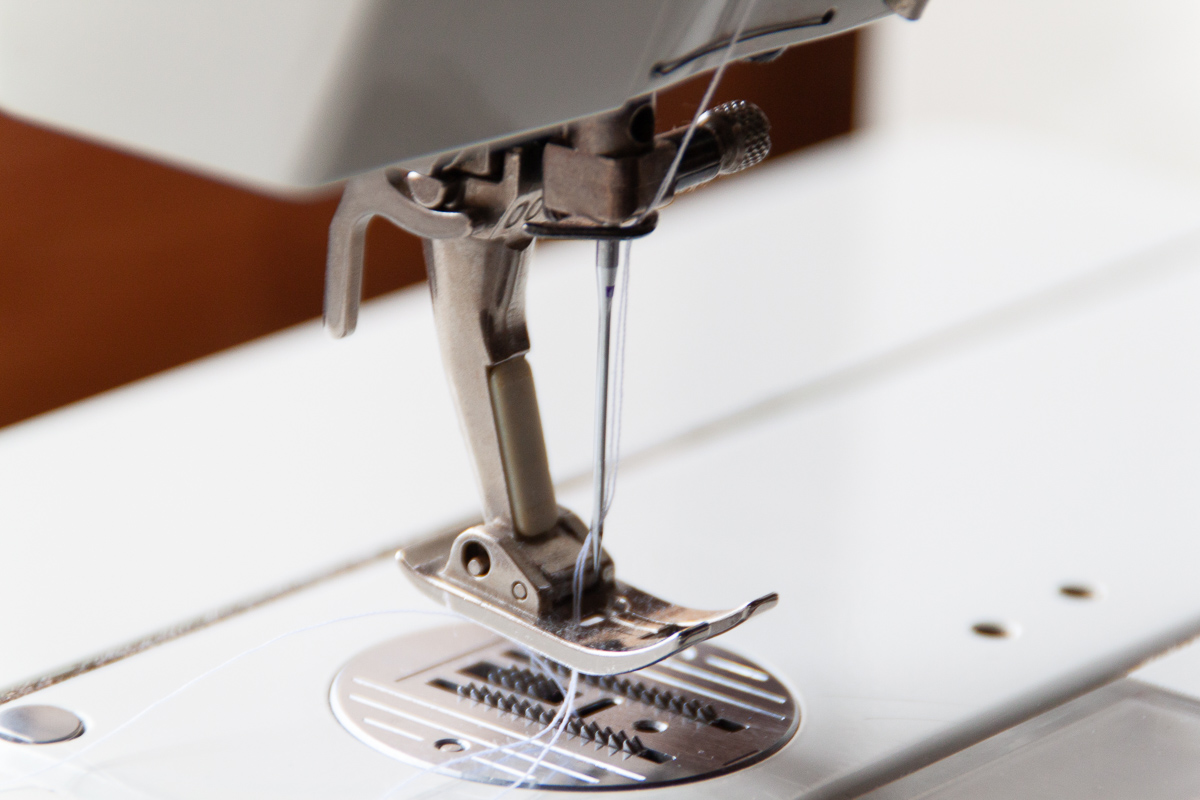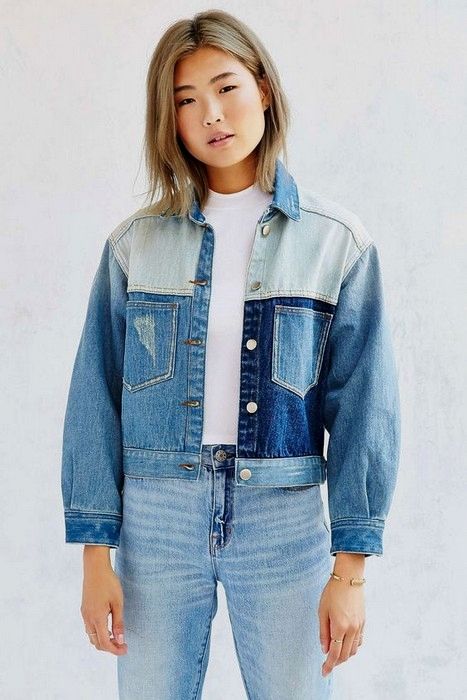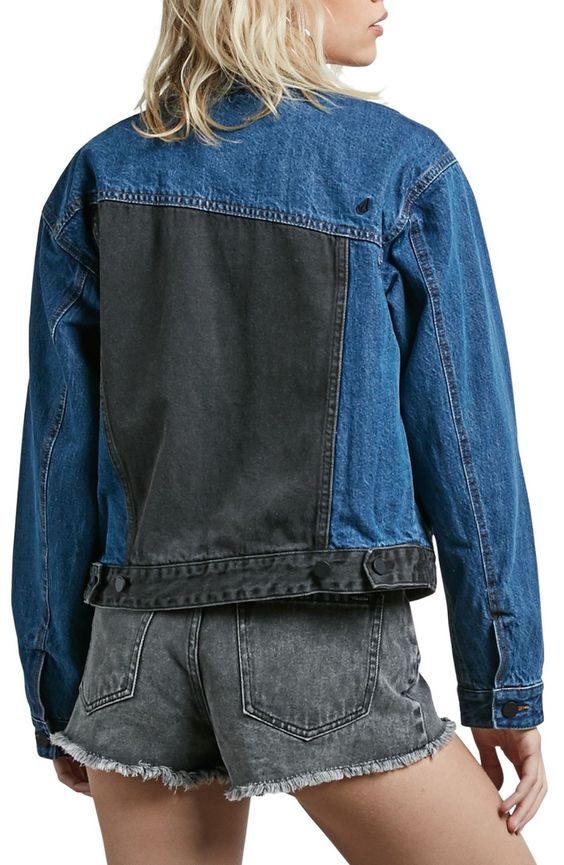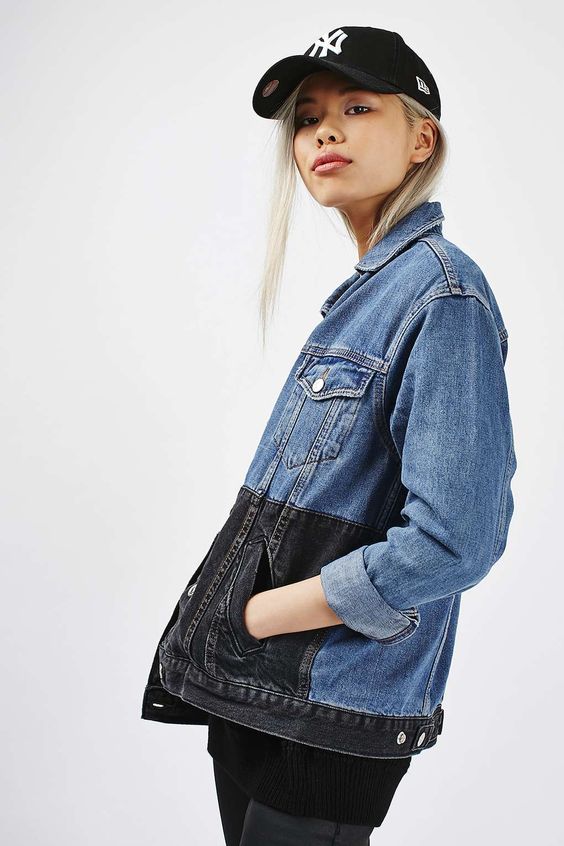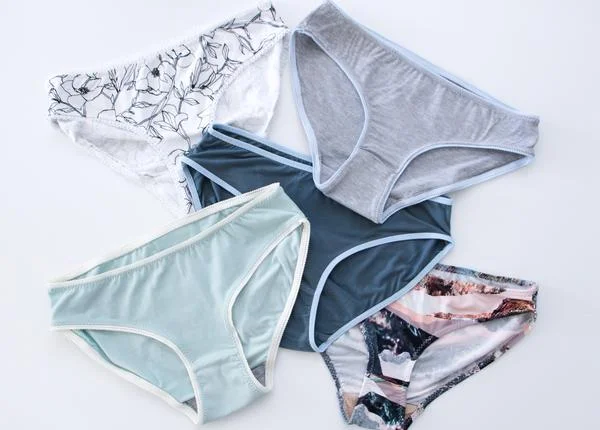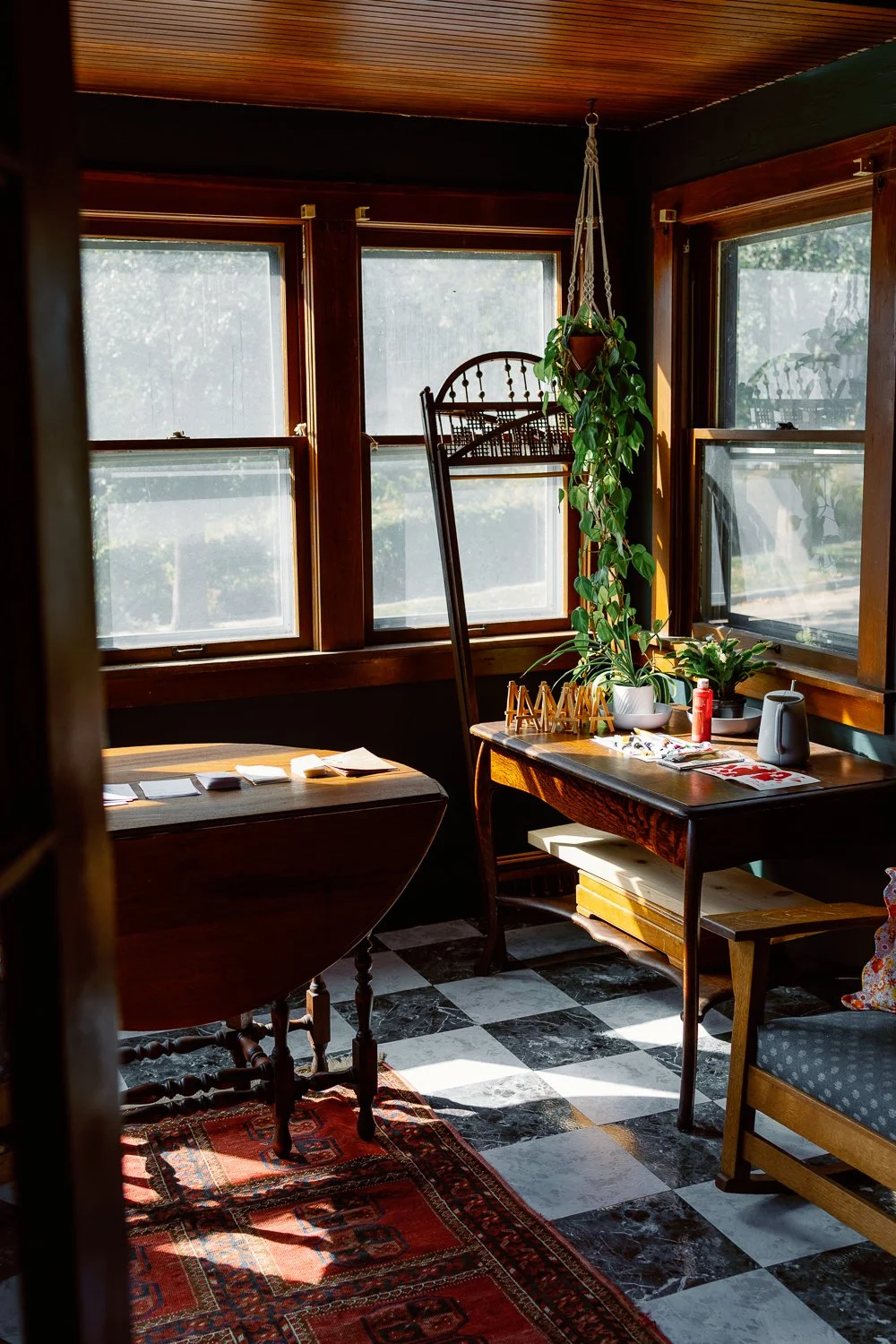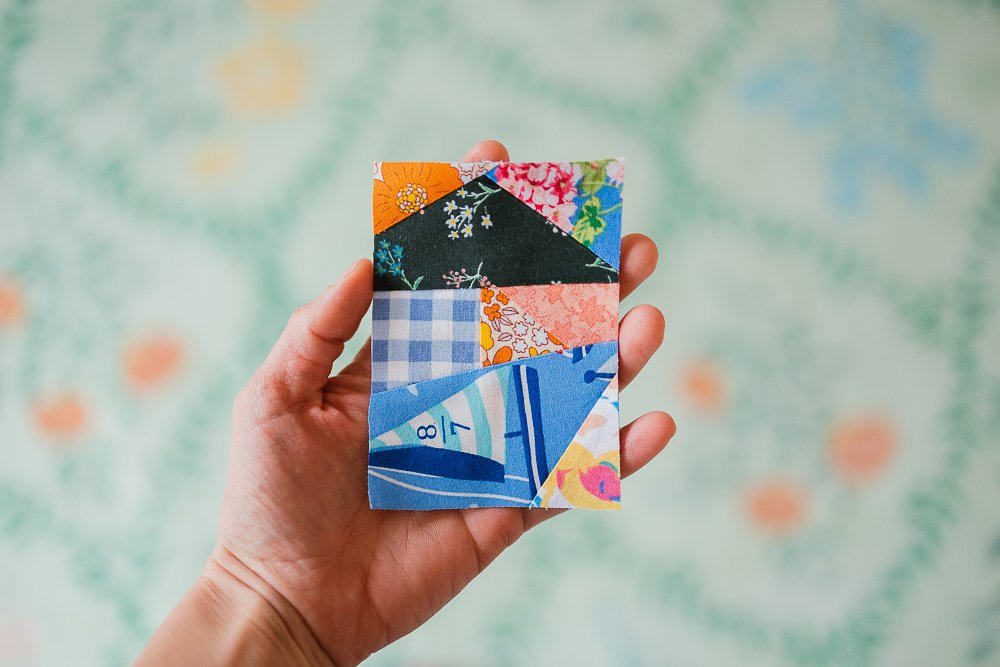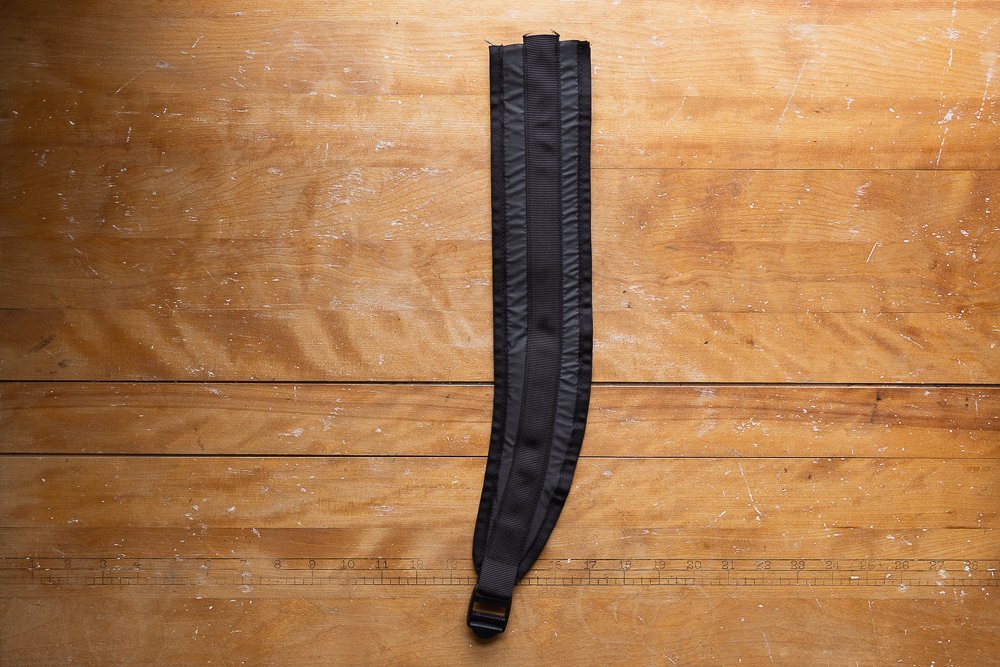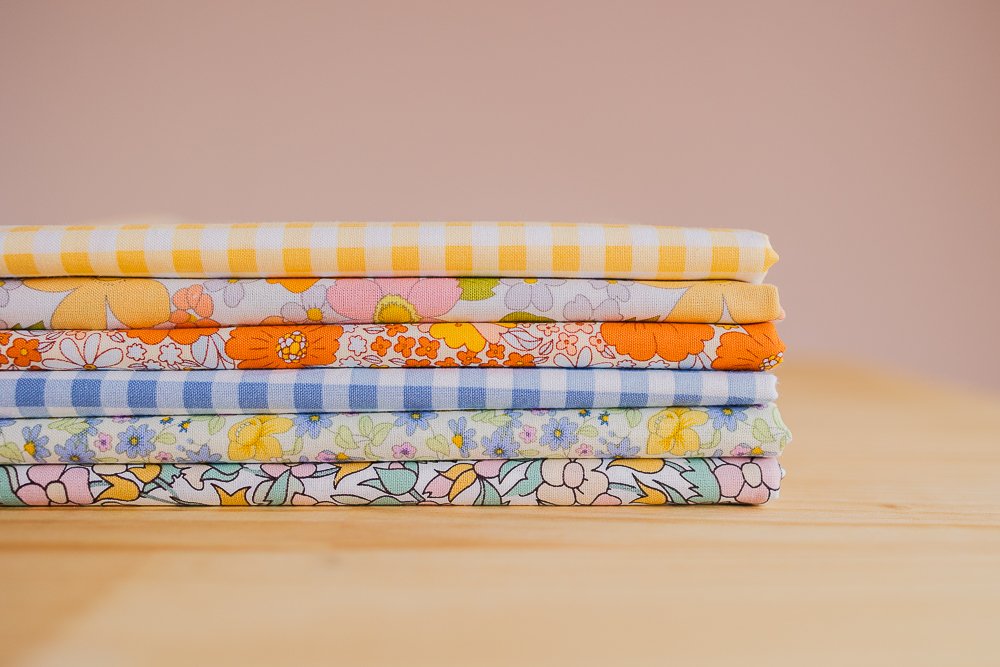All the pattern pieces of the Raspberry Rucksack are simple rectangles! Here’s what you need to make the pattern pieces.
Firstly, it’s nice to have sturdy paper so the pattern pieces are durable and can be used multiple times. I like to use this brown packaging paper you can find at Joann’s or Walmart or other basic stores. Another good option is freezer paper or any paper that is large enough for the pattern pieces.
Secondly, use a ruler that has a true 90 degree angle. You don’t need to have one of these fiberglass quilter’s rulers, you can use a simple straight edge ruler combined with a piece of typing paper or a book. It’s just helpful to have something that you can use to check if your angles are exactly 90 degrees.
Thirdly, you’ll need a pen and paper cutting scissors.
Starting on a straight edge of whatever paper you are using, make a line perfectly perpendicular to the paper’s straight edge. Once you have one straight line horizontally (the papers edge) and vertically (the line you just drew), you can base all of your measurements off of these two lines.
Using the measurements provided in the pattern and these two lines, cut out all the pattern pieces.
Once all the paper pattern pieces are cut, you can trace them out on your fabric. Trace around one pattern piece and then lay another piece right next to it so they can share the same line. Less marking, less cutting, less fabric!
You can also be strategic about cutting out the fabric pieces. You can lay the lining and outer layer on top of each other and cut both pieces at the same time. Just be sure to check that both pieces have their grainlines going the same direction. You can get away with cutting two layers stacked on top of each other like this, especially if the lining is a thin material like quilting cotton. I wouldn’t recommend also trying to stack interfacing on however. Cut the interfacing separately.
Once all your pattern pieces are cut you can move on to sewing!























